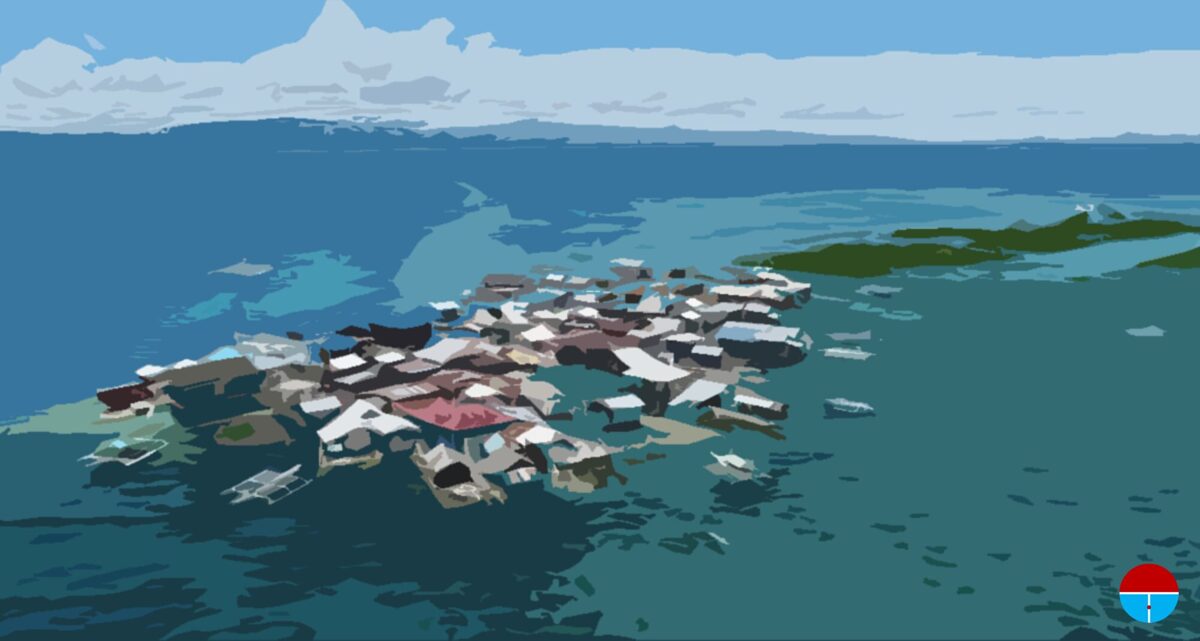The Flood is an overflow of water that submerges land that is usually dry in the sense of flowing water that the world may also be applied to the inflow of the tide. Floods are an area of study of the discipline hydrology of significant concern in public. The environment often increase the intensity and frequency of flooding, for example land use changes such as deforestation and removal of wetlands, changes in waterway course or flood controls such as with levels, and larger environmental issues such as climate change and sea level rise.
Floods may occur as an overflow of water from water bodies, such as a river, lake, or ocean, in which the water overtops or breaks levees, resulting in some of that water escaping its usual boundaries, or it may occur due to an accumulation of rainwater on saturated ground in an areal flood. While the size of a lake or other body of water will vary with seasonal changes in precipitation and snow melt that changes in size are unlikely to be considered significant unless they flood property or drown domestic animals.
Flooding can also occur in rivers when the flow rate exceeds the capacity of the river channel, particularly at bends or meanders in the waterway. Floods often cause damage to homes and businesses if they are in the natural flood plains of rivers. While riverine flood damage can be eliminated by moving away from rivers and other bodies of water, people have traditionally lived and worked by rivers because the land is usually flat and fertile and because rivers provide easy travel and access to commerce and industry.
Flooding can lead to secondary consequences in addition to damage to property, such as long-term displacement of residents and creating increased spread of waterborne diseases and transmitted. In particular climate change's increased rainfall and extreme weather events increases the severity of other causes for flooding, resulting in more intense floods and increased flood risk.
Flash floods are the most common flood type in normally dry channels in arid zones, known as tide in the southwest United States and many other names elsewhere. In that setting, the first flood water to arrive is depleted as it wets the sandy stream bed. The leading edge of the flood thus advances more slowly than later and higher flows. As a result, the rising limb of the tide becomes ever quicker as the flood moves downstream, until the flow rate is so great that the depletion by wetting soil becomes insignificant.
Flood control infrastructure and gates work as physical barriers to prevent rising or running water from causing flooding. Other measures, such as pump stations and channels, help reduce flooding and although flood risks can never be completely eliminated, there are solutions to reduce risk of adaptation at the local state and federal levels is often more effective and individual efforts for important role in reducing physical and financial flood management.

